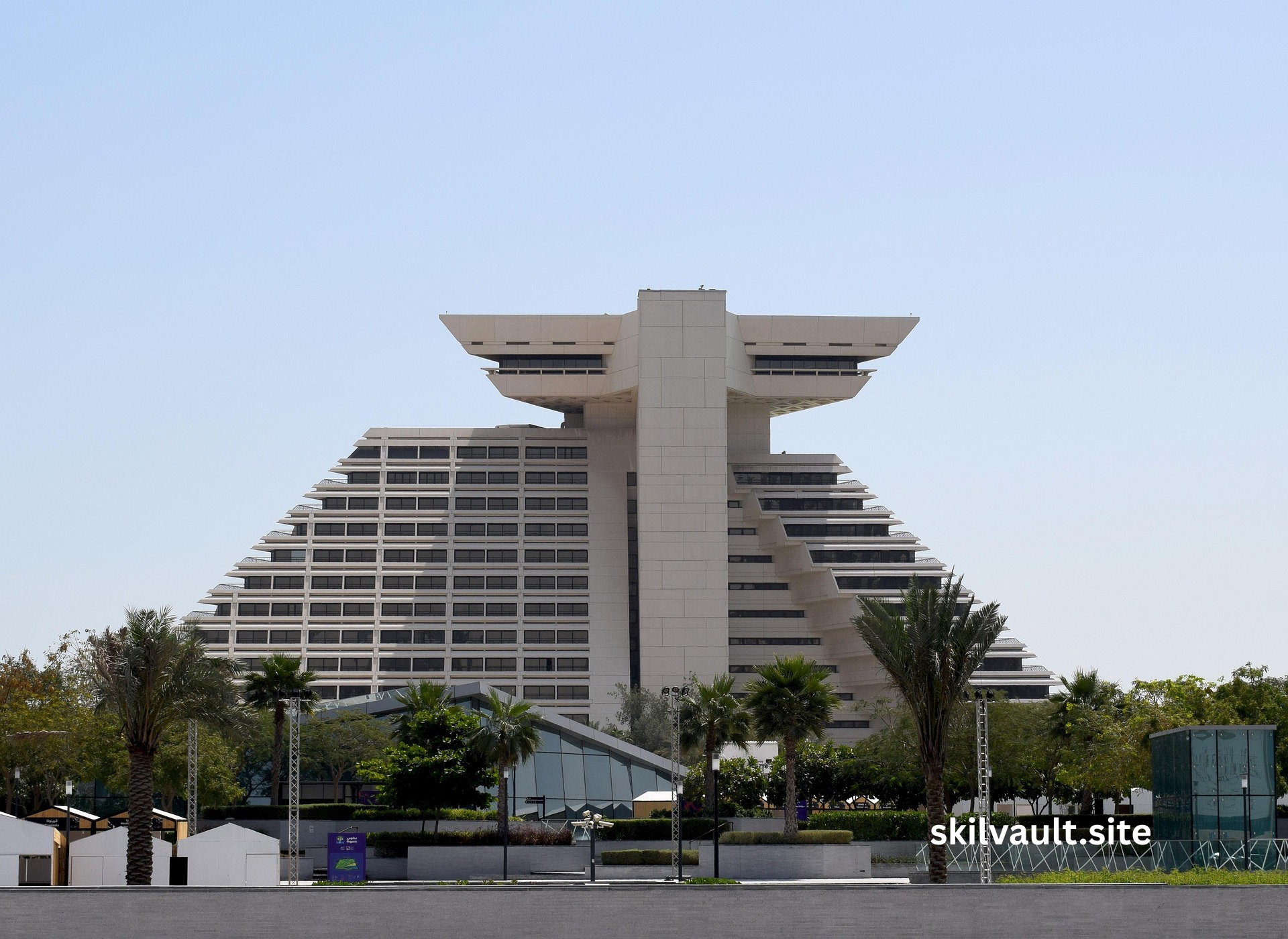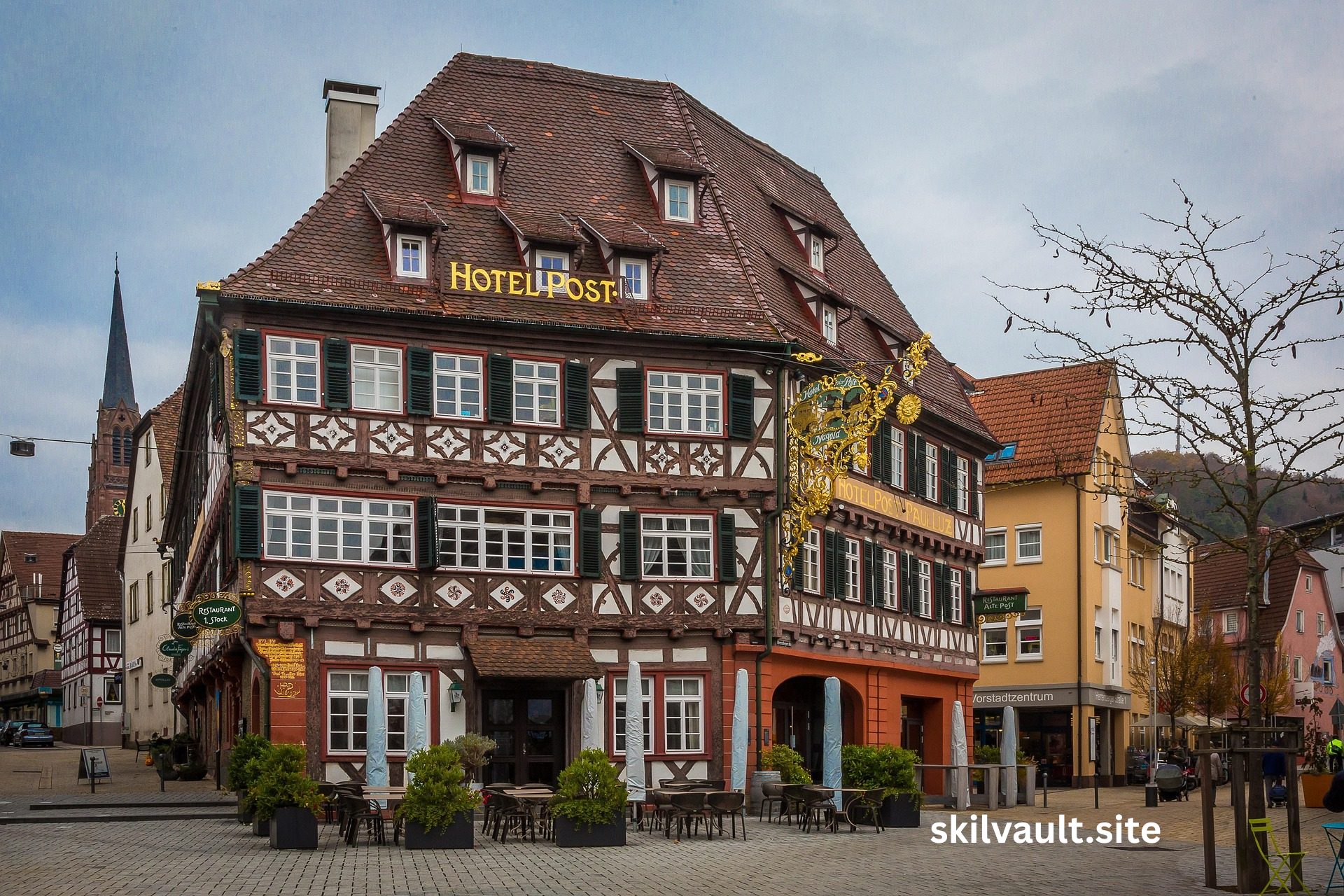When it comes to the cutthroat hospitality sector, email marketing is a potent tool for hotels looking to boost direct bookings, guest engagement, and the formation of lasting connections. This comprehensive book delves into successful email marketing methods with a focus on hotels by applying insights into segmentation, personalisation, automation, and monitoring.

Table of Contents

1. The Hotel Ad: An Email Marketing Campaign
By sending out tailored emails, hotels may connect with their customers on a more personal level, which might lead to more reservations and return visits. Email offers a better managed environment for personalised communications compared to social networking sites.
In their email marketing campaigns, hotels should use storytelling to accurately represent their visitors’ experiences, says HubSpot.
Gathering email addresses and segmenting them
Every effective email marketing approach starts with a well-organised and frequentlyupdated email list. To enable targeted communication, the very least required is names, email addresses, and preferences.
2.Approaches to data set separation:
Rom, or if they’re there for work or pleasure.
Use visitors’ booking, spending, and communication interaction as a basis to segment your audience.
To provide personalised messages to both new and returning visitors, you need to know their status of loyalty.
A Lively Hotel Ad Appears.
Using segmentation might lead to more effective marketing and increased participation rates.
The International School of Hospitality Management
3. Creating customised tours.
Higher open and conversion rates are a direct result of the increased engagement that comes with receiving customised emails. Please verify and edit the segmentation data as needed.
Suggestions for Making It Original:
The guest’s name and past travel and accommodation choices are examples of dynamic content.
Send targeted advertisements to site visitors based on their interests and past bookings.
Celebrate milestones, like birthdays and anniversaries, with thoughtful, customised notes and rewards.
Additionally, the HubSpot blog and another email marketing service provide valuable insights.
Another point to consider is the collaboration between the Institute of International Hospitality and Arise Hotel Marketing.
Personalisation enhances visitors’ experiences and fosters loyalty and trust.
4.Who Distributes Direct Mail?
Creating intriguing and interactive email content
It is essential to create adaptable and aesthetically pleasing emails since many people access them on mobile devices.
Design Guidelines for the Industry:
Emails look excellent on all kinds of devices thanks to responsive design.
Stunning visuals will be included in the design process by utilising high-quality photographs that showcase the hotel’s location and facilities.
Always ensure your emails are concise and highlight important facts and bargains.
Calls to action (CTAs) like “Book Now” or “Learn More” must be prominently displayed and aesthetically pleasing.
Delicious Food Ads at the World Hospitality Congress
Engaging and well-written emails have the potential to greatly increase visitor engagement and bookings.
Promoters of Electronic Mail
5. An Automaton for Simplifying Letters
Automated email marketing allows hotels to reach out to guests with relevant and timely communications, all without human interaction.
Crucial Messages from Automated Systems:
Greeting cards Take the time to show visitors around the hotel and everything it has to offer.
Please inform visitors about the booking details and offer them some tips on how to prepare.
Promote extra services or upgrades to the guest via email before they arrive.
Send an email after each guest’s stay to get their thoughts and suggestions for future stays.
Process automation enables constant communication and enhances the visitor experience.
The International Centre for Politeness
6. Evaluating Strategies to Boost Results and Ad campaigns.
Email marketing efforts may be fine-tuned by regularly assessing their performance.
Crucial Key Performance Indicators to Track:
An indicator of a subject line’s efficacy is its open rate.
The click-through rates, or CTRs, of an email may be an indicator of how captivating the content is.
Conversion rates are metrics that quantify the proportion of receivers that carry out the intended action.
Contribute to the analysis of content relevance and unsubscribe rates.
You may improve your methods and get even greater results by using A/B testing.
7. Evaluation and Practice Standards in the Legal Profession
If you want your email marketing campaign to be successful and ethical, you need to follow all the rules and regulations.
Minimum Necessities:
When using permission-based marketing, be sure to get specific approval before forwarding any commercial communications.
Make it simple for people to stop receiving your channel’s notifications.
Updating the email list and deleting inactive members are part of regular list maintenance.
Included in this roundup are two articles from the HubSpot blog and nine from Investopedia and the Institute of International Hospitality.
We have doubled the scope of Global Hospitality Academy.
8.Implications for the Legal System:
Rules such as GDPR make it simpler to protect visitor data.
How guest data will be utilised will be made very clear via a transparent policy.
Detailed knowledge of financial matters
Follow these steps, and your email marketing campaigns will be successful in the long run.
Investopedia is a guide to investing.
9. A/B Testing and Performance Analysis
Evaluate the language, images, and CTAs of your emails. The use of A/B testing may help you determine which option is more popular with your target demographic. Monitor key performance indicators (KPIs) such as open rates, click-through rates, conversion rates, and unsubscribe rates to assess the effectiveness of your efforts.
10. Integrating Email with Social Media
Evaluate the language, images, and CTAs of your emails. The use of A/B testing may help you determine which option is more popular with your target demographic. Monitor key performance indicators (KPIs) such as open rates, click-through rates, conversion rates, and unsubscribe rates to assess the effectiveness of your efforts.
12. Leveraging Customer Testimonials and Reviews
Include quotations and real guest reviews to give your email more credibility. Stressing positive encounters helps one to establish comfort for potential guests. User-generated material—such as images and visitor-related anecdotes—may make your message more appealing and credible.
Enhancing Guest Experience Through Email Marketing
One of the great things about email marketing for hotels is that it may improve the customer experience all the way through the customer journey. From the moment of booking to the follow-up after the stay, hotels have the opportunity to enhance happiness by offering value, information, and personalized messages.
Marketing Using Electronic Mail Before Arrival
Sending a timely email may set the tone and provide important details before a guest arrives. An email sent before a stay might contain:
Reminder about the reservation details
Forecasts for the weather
Hotel policies
Recommended community gatherings
Spa treatments, gourmet meals, and room upgrades are all available as upsells.
These emails serve a greater purpose; they provide access to additional services and increase revenue.
Communication via email while on site
During a visitor’s visit, email communication might be crucial for instantaneous communication. Sending out welcome emails that include details on the hotel’s Wi-Fi, dining hours, and concierge services may make visitors feel more informed and valued. An additional way to enhance the experience for visitors and encourage participation in on-site events is to email promotional offers or daily event highlights.
Post-Visit Follow-Up
You won’t finish your journey when you check out. Your post-stay email strategy should include:
Expressing appreciation
requests comments or an evaluation.
The customer is interested in joining a loyalty program.
Devoted customers get exclusive savings.
In addition to reducing the expense of acquiring new visitors, these conversations strengthen existing relationships and increase the likelihood of return business.
Search Engine Optimization Methods for Hotel Email Campaigns
Although the primary goal of your hotel’s email marketing is to directly contact members, it can also subtly enhance your SEO strategy.
Include the web address of an SEO-friendly landing page.
Verify that your hotel’s SEO-friendly landing pages are referenced in the body of your emails. These pages should abound with keywords associated with “luxury hotel in [city],” “family-friendly accommodation,” and “romantic getaway packages.” Search engines love it when their users click on links in emails, which means more traffic, lower bounce rates, and maybe more conversions.
Supplement with social proof and media richness. emails that include user-generated content, star ratings, and remarks from guests to create trust. Request that those who get your email provide feedback on Google, TripAdvisor, or Yelp; doing so may boost your visibility online and help with local search engine optimization.
Maximize Blog Visits
Blog articles like “Top Things to Do in [Destination]” or “Packing Tips for a Beach Vacation” may be a wonderful way to enhance site engagement and educate users at the same time. Please include the relevant piece in your newsletter. Your content marketing strategy will benefit from this, and organic traffic will increase.
Conclusion
One of the most important parts of digital marketing campaigns for hotels is email marketing. Campaigns that attract guests and bookings may be made possible by following search engine optimization (SEO) best practices, building a high-quality email list, audience segmentation, and personalized content creation. A good return on investment and constant performance are the results of regular optimization and analysis.
Global Institute for Hospitality Management
These tactics can help your hotel stand out in a crowded market.
